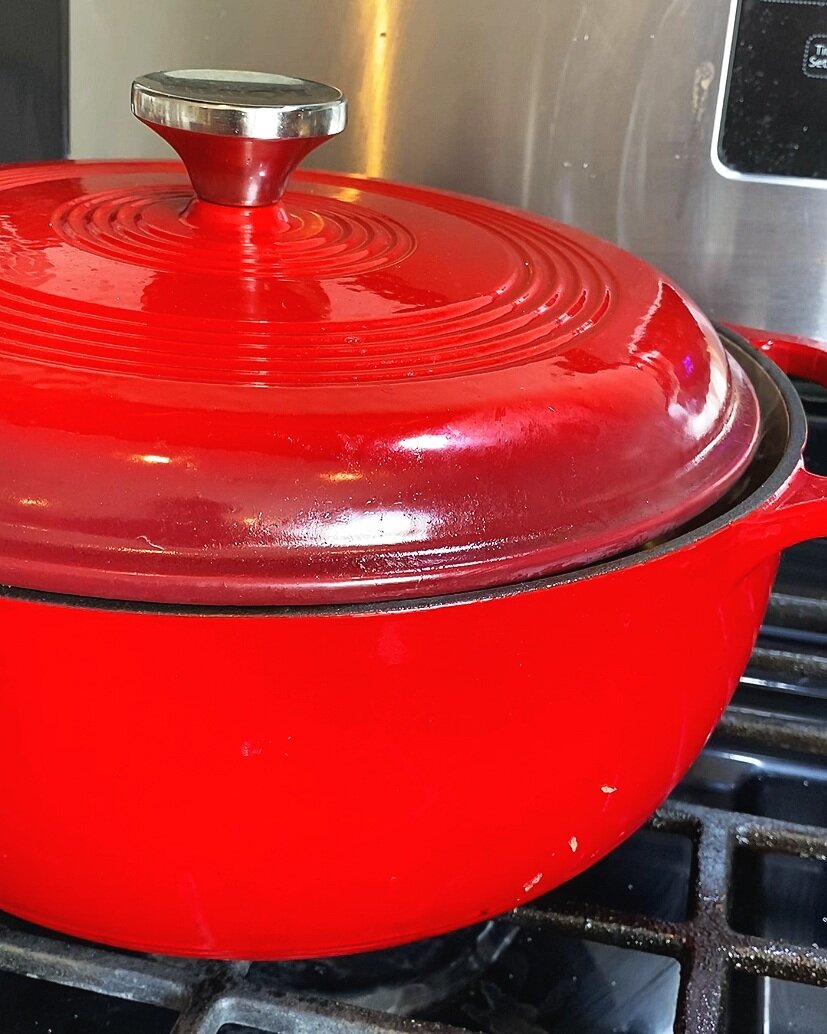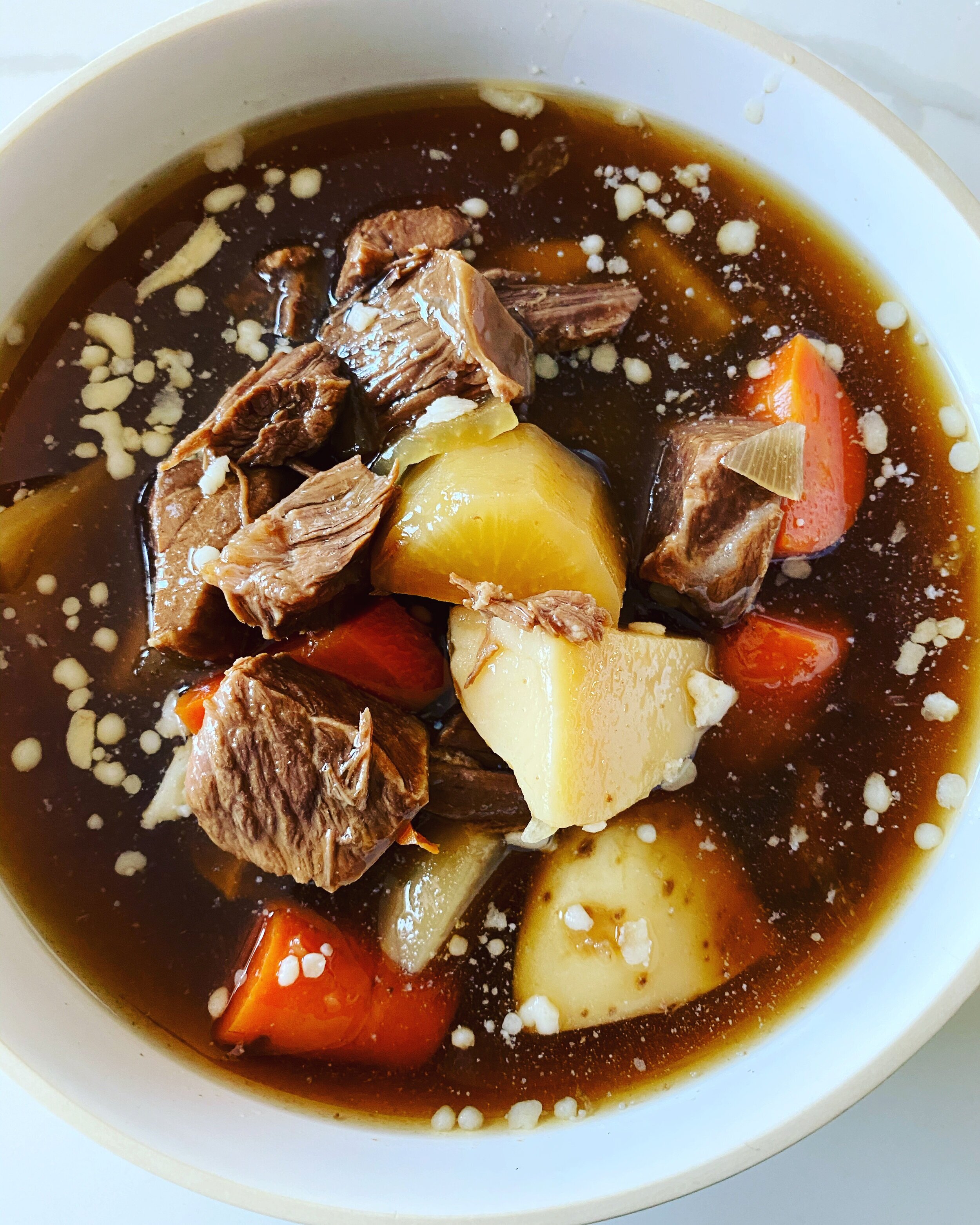Japanese Beef Stew
Inspired by Ivan Orkin - New York, NY




Everyone can get down for some homemade beef stew when they’re looking for something robust and comforting. It’s amazing for the winter but doesn’t always work year round. However, the Japanese add sake, mirin, soy sauce, and sugar to their stew, giving it a much lighter a brighter composition that I find to be far more adaptable to seasonal changes.
Parts of this recipe were adapted by Ivan Orkin’s recipe for “Stewed Beef Shank (Gyu Suji Nikomi)” in his cookbook, “The Gaijin Cookbook”. Ivan also own a ramen shop in New York City called Ivan Ramen. In my opinion, it’s the best ramen in the city.
INGREDIENTS
JAPANESE BEEF STEW (Comfortably serves 4):
1 ¾ -2 lbs cubed beef chuck
½ cup sake
½ cup mirin
½ cup soy sauce (or just under depending on taste preference)
1 TBS sugar
⅔ lb Yukon gold or red potatoes
⅓ lb parsnip or turnip
2 medium carrorts
1 inch piece fresh ginger
½ small white onion (optional)
Rice for serving (optional)
GO FOR IT
JAPANESE BEEF STEW:
In a dutch oven or large stew pot, cover beef cubes with 8 cups of water, and bring to a boil
Once boiling, bring down to a simmer and use a skimmer, ladle, slotted spoon, or what you can find to remove the…*ahem*…”scum”…that floats to the surface
Simmer meat for 15 minutes, then add sake, mirin, soy sauce, sugar, then cover pot and continue simmering on low for 1 hour
Meanwhile, peel and cut your ginger and cut into matchsticks, roughly slice onion (if using), cut your potatoes into bite-sized cubes, and peel and slice carrots and parsnip (or turnip) into 1 inch slices
After the meat has simmered for 1 hour, add parsnip or turnip, and continue simmering for another 30 minutes
After 30 minutes, pull out just the beef from the pot and, using a fork, shred your beef into smaller pieces, then return to pot
Add in ginger, potatoes, and carrots to pot and continue simmering covered for 20-30 minutes (until vegetables are soft and cooked through)
NOTES:
I’ve said it previously, but I love broths made with mirin. Always keep some in your pantry. That being said, if you do not have sake (which is worth getting for that extra kick of flavor and libations afterward) then sub out by adding more mirin.
Additionally, I made quite a few changes here based on what was available at my local grocery store. In his recipe, Ivan Orkin uses beef shank and even mentions how the Japanese go even further by using meaty cuts of tendon. If I could have found shank I’d probably have given it a shot. I’m told oxtail also works nicely too. But chuck stew is cheap and easily attainable for all and the meat is going to braise for so long that it’s going to be very tender and delicious no matter what cut of meat you end us using.
Additionally, Ivan uses daikon instead of potatoes but I was unable to get my hands on any. Same goes for burdock root which he uses in place of parsnips or turnips (although he does say they’re perfectly fine substitutes). His recipe also does not include onion (but it’s a stew and I had half an onion sitting in my fridge I didn’t want to go to waste). Ivan lastly adds a teabag with about ½ cup of bonito flakes into the broth for 10 minutes about an hour and a half into cooking time. At the time, I didn’t have bonito flakes but have since obtained a bag that should last quite awhile. Next time I make this, I’ll give that a shot for more authentic flavor and get back to you. Of course, some people may not want a fishy flavor in their stew and if that’s the case then I can confidently tell you that my version is still damn delicious.